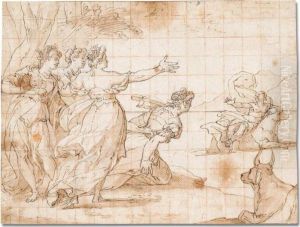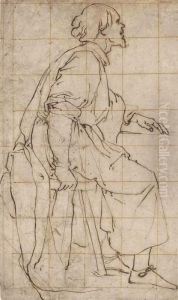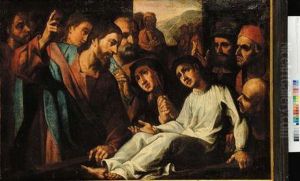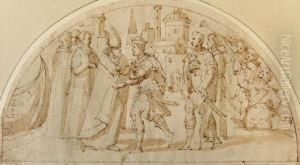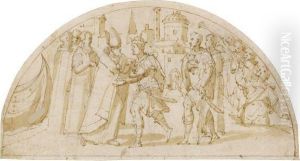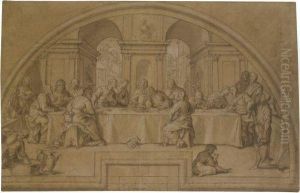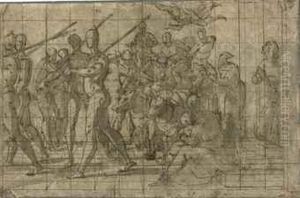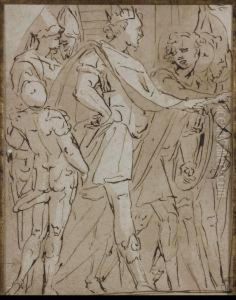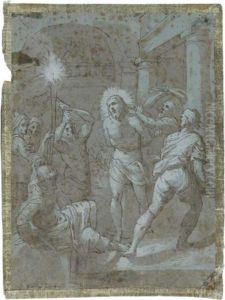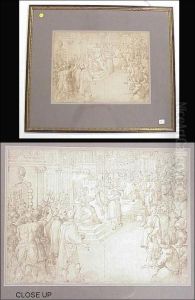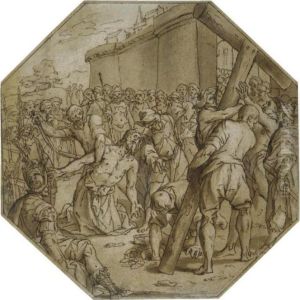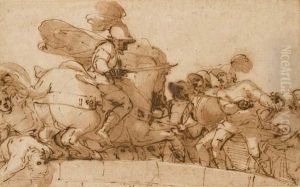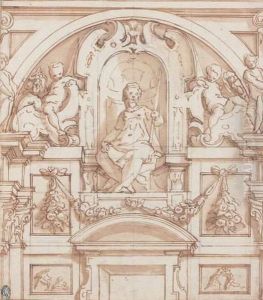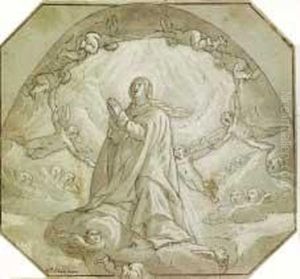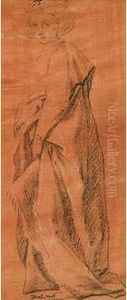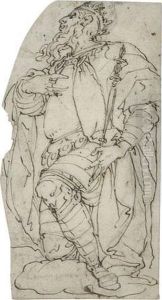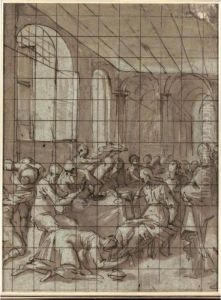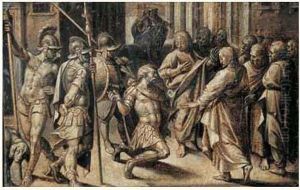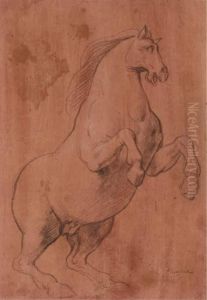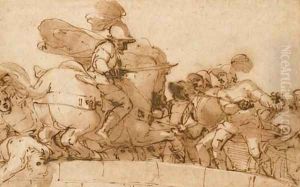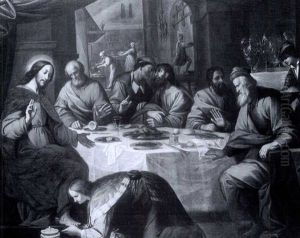Lazzaro Tavarone Paintings
Lazzaro Tavarone was an Italian painter of the late Renaissance period, active mainly in his hometown of Genoa, Italy. Born in 1556, Tavarone was a student of Luca Cambiaso, one of the most prominent Ligurian painters of the time. Tavarone's style was influenced by Cambiaso's Mannerist approach, yet he also incorporated elements from the Venetian school and the naturalism that was becoming more prevalent in the art of his era.
Tavarone's career was marked by both domestic and international success. He worked on various fresco projects in Genoa, including the decoration of the Palazzo Imperiale, the Palazzo Spinola, and the church of San Matteo. These works showcased his skill at grand-scale compositions and his adept use of color. Tavarone was also involved in the decoration of the Escorial in Spain, a testament to his reputation extending beyond Italy.
In addition to frescoes, Tavarone painted altarpieces and other religious works. His style evolved over the years, but he consistently displayed an ability to blend traditional iconography with a dynamic and expressive technique. He is known for his attention to detail and the vibrant energy of his figures.
Despite his success, Tavarone has not achieved the same lasting fame as some of his contemporaries. His works, however, remain important examples of the transition from Mannerism to the more naturalistic Baroque style that dominated the 17th century. Lazzaro Tavarone passed away in 1641, leaving behind a body of work that reflects the shifting tastes and artistic innovations of his time.
